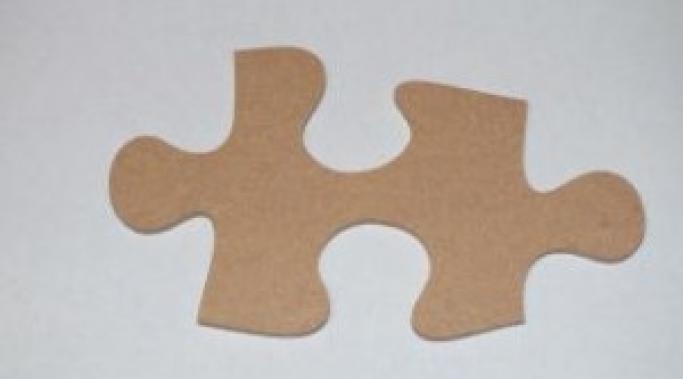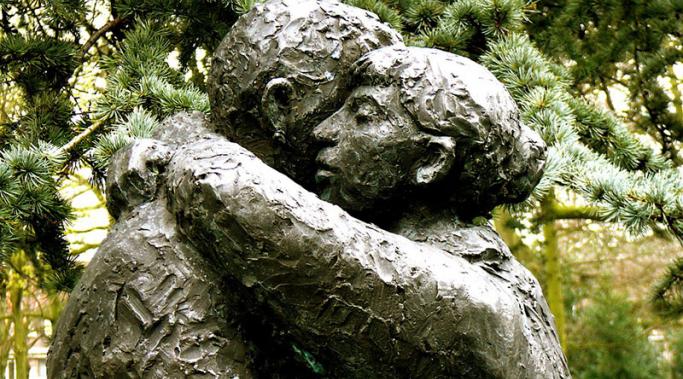During my own PTSD recovery I studied - a lot! I read all I could get my hands on about trauma psychology and recovery theory. Some of my favorite current authors: Judith Herman, Babette Rothschild, Peter Levine and Robert Scaer. (Most of whom I've now interviewed on my radio show, YOUR LIFE AFTER TRAUMA.)
While I focused on the current authors, I also delved back into the past, reading the fathers of trauma theory, including Jean-Martin Charcot and Pierre Janet.
One of my fave quotes that made me feel soooo much better actually came from a comment made back in 1881...
Trauma! A PTSD Blog
Last week I wrote about how possible it is for the brain to change after trauma. This week I want to share with you one of the ways you can do that. It's all about creating positive experiences that last for long enough that your brain can record the experience through neural activity.
Whew, sounds like a lot of science and hard work, doesn't it? Actually, it's as easy as eating a ripe strawberry. Here's what I mean...
In regard to PTSD, I've heard so many times - from both survivors and clinicians - once you're broken you can't be fixed (Three Ways Trauma Affects Your Brain). Really? I find that hard to believe.
And now, there's proof that's all a bunch of baloney.
After trauma and struggling with PTSD we all want two things: safety and control.
How do we get them? Sometimes by rather maladaptive coping techniques!
Recently a survivor wrote me a note about the fact that she was beginning therapy, finally. "I know there's a lot to do," she wrote, "Do you have any tips for how to approach the work of posttraumatic growth?"
Do I have tips? You bet I do.
"I live in such a fog!", Ophelia said to me last week. "I can't see my way out of it." Boy, do I remember that feeling!
Ophelia lives overseas and we work on her PTSD recovery via Skype. She's terrifically motivated, open to trying new approaches and honest about her healing experience.
The PTSD fog, I've learned, is universal. I myself waded through it for decades until is was so thick I felt its swirl around me was more real than the world in which everyone else lived.
That pesky conundrum: to forgive or not to forgive in PTSD recovery? I recently interviewed a psychologist who had a terrific approach to forgiveness. She said that it can be done at any time according to any process dependent on the perspective of the survivor. Why do I love that position? Because unlike others who say, "You must forgive before you can heal!" it leaves the decision in the hands of the person in which it belongs: you.
It may be a new year but old trauma topics continue to be relevant! I’ve written before about how important it is to move slowly in recovery. A few years ago, I worked with a client, Anna, who refused to heed this advice. When she had a small success in healing, she took that as license to go full speed ahead – and always slammed herself into a wall, had a meltdown and had to start over again.
I’m no stranger to this cycle. I, too, had to learn to take myself down a notch or two from warp speed. It makes total sense that we do this. After trauma speed can be comforting as it stops us from spending too much time in situations or uncomfortable places in our minds. Plus, the road to healing is long and frustrating, which makes you just want to get it over with fast!
Instead of recapping what it means to pace yourself in recovery, today I’m mulling over what it means to pace yourself in your emotions.
When I was struggling with PTSD one of the things that I always hated about birthdays and new years were how they brought me face to face more than usual with the passage of time. More than that: They forced me to acknowledge the fact that I was losing days and months and weeks and years of my life to symptoms I could no more control than I could understand.
What I'm trying to say is, new years celebrations always made me feel more sad and anxious than usual.
Before your PTSD diagnosis, when you’re struggling with PTSD symptoms, you know exactly what to do: You have to figure out what’s wrong.
If you’re proactive about chasing down answers and fortunate enough to find a professional who recognizes the signs of PTSD and diagnoses you with posttraumatic stress disorder, your next challenge is deciding how to approach recovery.
Since there is no single way to heal, it’s up to you to know your options.








